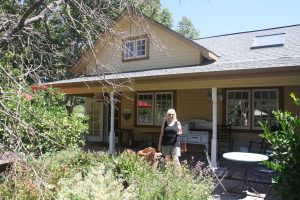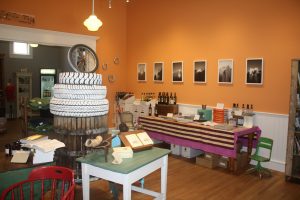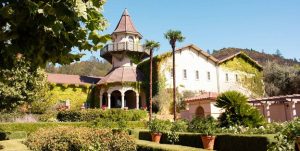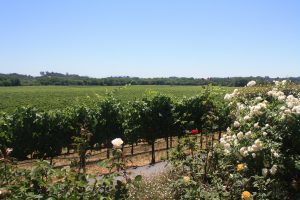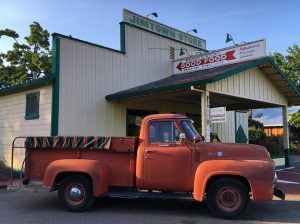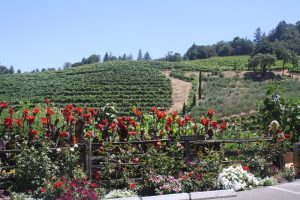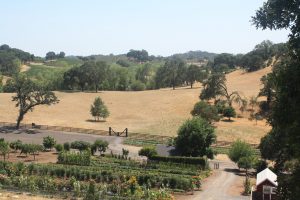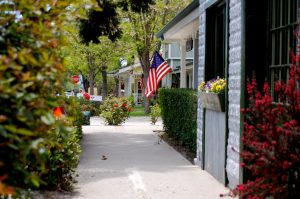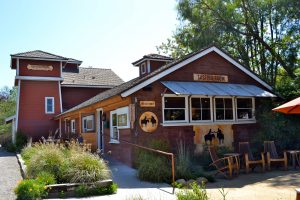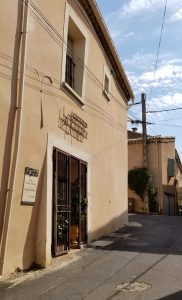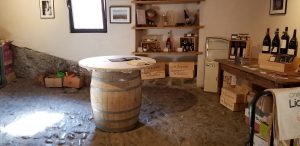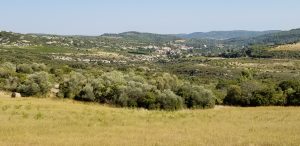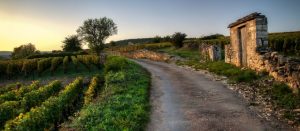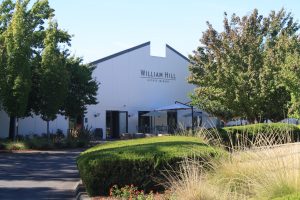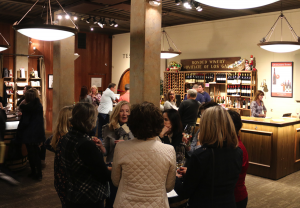The Places to Visit feature in Power Tasting is about the other things to do when you’re making a trip to somewhere in Wine Country. Since most of our wine tasting experience (and maybe that of our readers) is in California and in Europe, we thought we’d compare the two in terms of non-wine visiting.
Photo courtesy of Patch.com.
Woody Guthrie sang that “California is a Garden of Eden, a Paradise to live in and see”. He went on to say less positive things, but let’s leave it there because it’s true. The Golden State has it all: sandy beaches, rocky coastline, desert, mountains, farmland and cities. It is also unquestionably the source of the finest wines made in the United States, which makes it the premier American destination for wine tasting. And it has lovely places to visit that aren’t about wine. There are great cities, ski resorts, and charming towns that speak to American history. We love it and travel there often. But for places to visit, it’s not Europe.
Now, as noted elsewhere in this issue, Europe is a big place with a lot of locations where wine is made. Perhaps somewhere in Europe there is an area where they make wine but there is nothing else of interest. Perhaps, but we doubt it. In our experience, everywhere wine is made, there is a cathedral or a church worth visiting somewhere nearby. There is a café with delicious coffee and pastries. There is a market somewhere in the area almost every day. And there are a few millennia of history.
Somewhere around the vineyards – sometimes in the vineyards themselves – a battle was fought. Particularly in France, there is a monument to the glorious fallen heroes of each village. We have always found it moving to read the names and visit the local cemetery to see those same names echoed over decades and centuries. The same names are now also over the butcher shop and the bakery. And on the labels of the wines made there.
In many of the places where wine is made there are castles to see from the road and to visit. In many cases, the descendants of the nobles who built the castles still live there while others now are used as bed-and-breakfasts. Or both. We once had the experience in the Dordogne of sleeping in an 11th century castle and having breakfast served to us by the Count himself!
The overall point of this comparison is that wine tasting in California is primarily about wine. Almost anywhere you can taste wine in Europe you can experience something else that is wonderful. Even in places where everyone you see is in the wine business, one way or another, they have lives and histories that transcend wine. The place is in their stones and in their bones. So if you’re fortunate enough to go wine tasting in Europe, make sure to immerse yourself in the places and people and try to share their lives as much as is possible for a visitor. If for no other reason, it will give you a special appreciation for their wines that you can’t get any other way.


